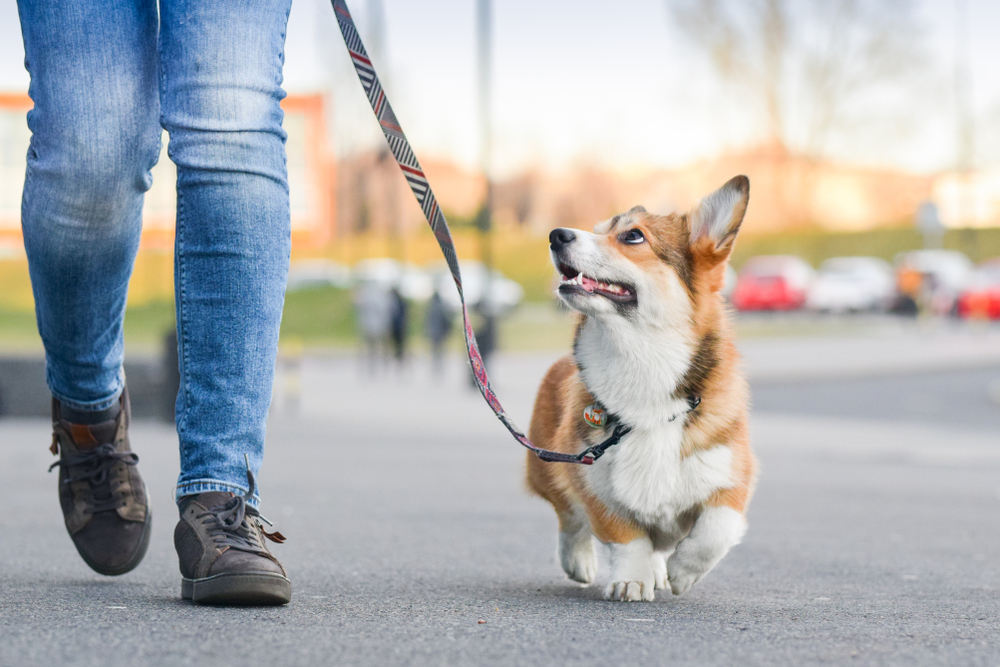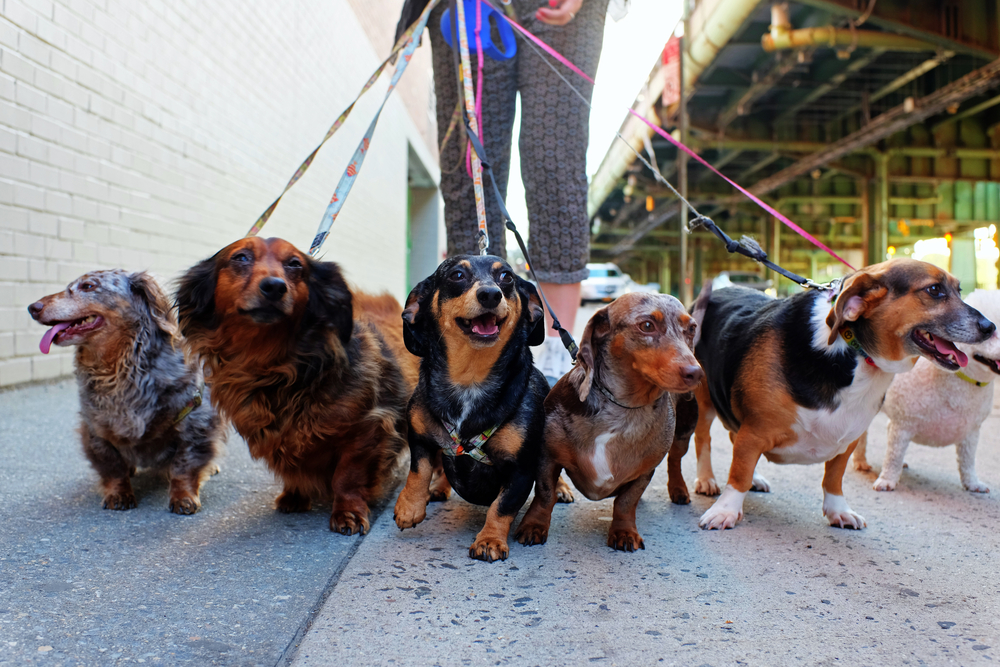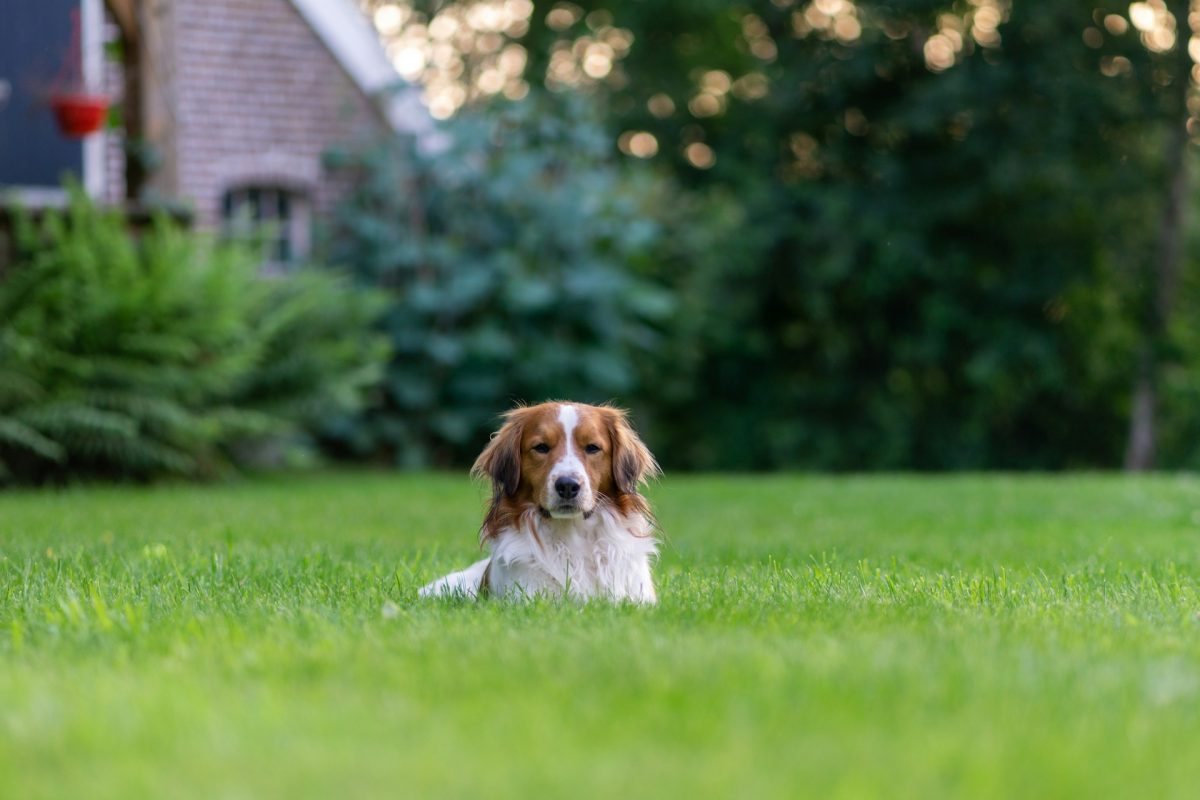Teaching a dog to walk on a loose leash is an essential skill that not only prevents pulling and tugging but also fosters a positive walking experience for both dog and owner. Loose leash walking is grounded in the idea that walks can be mutually enjoyable and stress-free, a time where the canine companion learns to walk calmly beside their owner rather than dragging them along. Achieving this behavior within a day may seem ambitious, yet with clear guidelines and a consistent approach, it is indeed possible.
Understanding the fundamentals of loose leash walking is crucial before beginning the training process. Preparation is the first step, incorporating essential equipment like a suitable leash and harness, and high-value treats. These tools aid in guiding the dog and rewarding proper behavior, respectively. The step-by-step training process involves positive reinforcement techniques that encourage the dog to focus on the owner and maintain a relaxed leash, without the need for physical force. Consistency in training methods and patient reinforcement can quickly teach a dog the desired walking etiquette.
Key Takeaways
- Loose leash walking can be taught quickly with the right preparation and tools.
- Positive reinforcement is key to encouraging and establishing good leash behavior.
- Consistent training and patience are essential for teaching and maintaining the behavior.
Understanding Loose Leash Walking

Teaching a dog to walk on a loose leash involves training it to walk beside the owner without pulling on the leash. This section breaks down the concept, benefits, and common training errors.
Defining Loose Leash Walking
Loose leash walking occurs when a dog walks in harmony with its owner without any tension on the leash. The leash is slack, and the dog does not pull or lag behind excessively. The ideal position is the dog walking alongside the owner, with both focusing forward.
Key Components:
- Leash: Remains slack during the walk
- Position: Dog stays close to the owner’s side
- Focus: Both dog and owner maintain forward direction
Benefits of Loose Leash Walking
Loose leash walking offers numerous advantages for both the dog and the owner.
- Safety: Reduces the risk of injury to both parties from pulling or sudden jerks.
- Enjoyment: Enhances the walking experience, making it relaxing and enjoyable.
- Control: Improves the owner’s control, helping manage their dog in various situations.
Common Mistakes in Training
Owners often encounter challenges when training loose leash walking. Recognizing these mistakes can help avoid them.
Frequent Errors:
- Inconsistent Reinforcement: Owners may not consistently reward their dog for correct behavior, leading to confusion.
- Allowing Pulling: Some owners tolerate pulling occasionally, which teaches the dog that the behavior is sometimes acceptable.
- Neglecting Distractions: Training in environments with too many distractions can hinder the dog’s learning process.
Addressing these errors during training can hasten a dog’s mastery of loose leash walking.
Preparation for Training

Before starting loose leash training, ensure you have the right equipment, understand how to select the appropriate leash and collar, and prepare both yourself and your dog mentally and physically.
Required Equipment
- Leash: A standard 6-foot nylon or leather leash.
- Collar: A well-fitting flat collar or a front-attachment harness.
Choosing the Right Leash and Collar
Selecting a leash and collar for your dog is crucial. The leash should be 6 feet long to allow enough freedom but still provide control. For the collar, it should sit snugly on the dog’s neck without causing discomfort; one should be able to fit two fingers between the collar and the dog’s neck. Harnesses that clip at the front deter pulling and give the owner more control over the direction the dog’s body moves.
Mental and Physical Readiness
For the dog, short sessions interspersed with play or rest avoid fatigue and maintain focus. The trainer must also be in a calm and patient mindset to ensure a positive experience for the dog. Training should commence at a time when distractions are minimal to help the dog concentrate on the task.
Training Basics
In teaching a dog to walk with a loose leash, one must understand the foundational steps to ensure success. Each step outlines a crucial part of the training process.
Setting Realistic Goals
Goals should be specific and achievable within the allotted time frame. For example, one might aim for the dog to walk ten steps without pulling or to focus on the owner’s commands during a five-minute walk.
Principles of Positive Reinforcement
Positive reinforcement uses rewards to increase the likelihood of a desired behavior. When the dog maintains a loose leash:
- Reward: Give treats or verbal praise.
- Timing: Reinforce immediately after the good behavior.
Introducing the Leash
Begin by allowing the dog to become comfortable with the leash:
- Duration: Allow the dog to wear the leash in a familiar environment for short periods.
- Association: Pair the leash with positive experiences, like treats or play.
Training Without Distractions
Choose a quiet environment for early training sessions to minimize distractions:
- Location: A familiar room or a secluded part of the yard.
- Train in short bursts, gradually increasing the duration as the dog becomes more accustomed to the leash.
Step-by-Step Training Guide
This guide provides a structured approach to teaching a dog how to walk calmly on a leash in less than a day. Each subsection breaks down the training into manageable steps.
Initiating the Walk
Before beginning, ensure the dog is wearing a comfortable but secure collar or harness and is attached to a non-retractable leash of about 6 feet. Select an environment with minimal distractions for the initial steps.
- Prepare: Gather treats and a leash.
- Start Indoors: Begin in a familiar, low-distraction area to minimize excitement.
- Leash Manners: Let the dog explore the leash and collar without tension.
Teaching ‘Heel’ Command
The ‘heel’ command tells the dog to walk by your side. Start with the dog in a sitting position, hold a treat near your thigh and command ‘heel’. Take a step forward, and if the dog follows, reward immediately.
- Command: Clear and consistent use of the word ‘heel’.
- Practice: Short sessions of 5-10 minutes, multiple times a day.
Dealing With Pulling Behaviors
Address pulling by stopping movement. Stand still and wait for the dog to look back or release tension on the leash before proceeding. Use verbal encouragement when the dog does not pull.
- Consistency: Always stop walking if the leash is tight.
- Redirect: Use treats to bring attention back to walking nicely.
Rewarding Proper Leash Manners
Positive reinforcement is key. Reward the dog with treats and praise for maintaining slack in the leash or looking at you while walking. Gradually increase criteria for rewards as behavior improves.
- Immediate Rewards: Give treats and praise for desired behavior.
- Phase Out Treats: Slowly replace food rewards with verbal praise and petting.
Proofing the Behavior
Once a dog has the basics of loose leash walking down, it’s essential to reinforce the behavior to ensure it translates into all walking scenarios.
Gradually Increasing Distractions
Begin with minimal distractions and slowly introduce more challenging environments. Use a table to itemize the level of difficulty:
| Environment | Distraction Level |
|---|---|
| Quiet room | Low |
| Backyard | Medium |
| Park | High |
Reward the dog for maintaining focus on these graduated steps.
Practicing in Different Environments
Frequent, short sessions in varied environments help a dog generalize the behavior. For example:
- Indoor, where it first learned to walk on a loose leash.
- Familiar outdoor space, like a backyard.
- Unfamiliar outdoor spaces, like a park or urban area.
Ensure that the leash remains slack, and reinforce with treats or praise when the dog adjusts to each setting.
Building Consistency
The goal is to have the dog reliably walk on a loose leash. This requires consistency in commands and expectations across situations. Employ a checklist for each walk:
- Consistent cues: use the same verbal cues and gestures.
- Immediate rewards: offer treats or praise for correct behavior.
- Routine: establish a walking routine that incorporates diverse environments.
This structured approach will help a dog understand what is expected regardless of the setting.
Troubleshooting
When teaching a dog to loose leash walk in under 24 hours, issues may arise. Owners need to identify and address these challenges quickly and consistently to ensure success.
Correcting Excessive Pulling
When a dog pulls excessively, they should be stopped immediately. Guide the dog back to a desired position with the leash and reward them once they are walking nicely again. Consistency is key; the same correction must be applied every time the dog pulls.
- Stop: Cease walking as soon as the dog pulls.
- Guide: Gently bring the dog to your side.
- Reward: Offer a treat and praise when the dog complies.
Managing Overexcitement
Excitement can make loose leash training difficult. Should a dog become overexcited:
- Lower their excitement levels by pausing the walk and waiting for calm behavior.
- Redirect their focus with commands they know well, like ‘sit’ or ‘look at me,’ before resuming.
It’s crucial to:
- Pause: Halt the training until they are settled.
- Command: Use basic commands to regain their focus.
- Resume: Continue the walk once they’re calm.
Reinforcing Training in Long-Term
Long-term reinforcement solidifies loose leash walking habits.
- Implement short, frequent training sessions to avoid overwhelming the dog.
- Use positive reinforcement, rewarding calm walking with treats or praise.
To reinforce effectively:
- Conduct 5-10 minute training sessions, multiple times daily.
- Consistently reward good behavior to establish a clear pattern.
Wrapping Up
Within a short span of 24 hours, a foundation for loose leash walking can be effectively established. Focusing on consistency and positive reinforcement, the training can lead to a well-behaved dog who understands leash manners.
Reviewing the 24-Hour Training Cycle
| Time Frame | Activity |
|---|---|
| First Hour | Introduce the leash and collar/harness in a familiar environment. |
| Next 3 Hours | Conduct short walking sessions indoors, rewarding calm behaviors. |
| Hour 5 to 8 | Practice walking outdoors in a quiet area, offering treats for loose leash walking. |
| Hour 9 to 14 | Rest period for the dog to process the training. |
| Hour 15 to 18 | Reinforce the morning’s lessons with longer walks and fewer treats. |
| Hour 19 to 24 | Introduce more distractions and increase the duration of the walk. |
The training emphasizes gradual progression, positive reinforcement, and adapting to the dog’s learning pace. It’s crucial to remember that while milestones can be achieved, patience and continued practice are key.
Setting Future Goals for You and Your Dog
To maintain and advance the training, setting clear, achievable goals is essential. Post 24-hour training goals may include:
- Increasing the duration of loose leash walking sessions by 10 minutes each week.
- Gradually reducing the number of treats used as the dog learns self-control.
- Incorporating commands such as “slow,” “stop,” and “heel” to refine walking behaviors.
- Introducing more complex environments with varying levels of distractions after every successful week.
By setting these goals, the handler ensures ongoing development of the dog’s skills, leading to enjoyable, stress-free walks for both.
Frequently Asked Questions
In addressing common queries, this section provides concise guidance on loose leash walking techniques, training across all ages, and effective games that reinforce good behavior.
What are the most effective techniques for teaching loose leash walking?
Effective techniques include using treats as incentives for maintaining slack in the leash and stopping completely when the dog pulls. This teaches them that pulling won’t allow them to move forward.
Can I train an adult dog to walk on a leash without pulling, and if so, how?
Yes, an adult dog can be trained to walk without pulling. Consistent training, rewarding calm behavior, and practicing in environments with few distractions can lead to significant improvements.
What are some engaging loose leash walking games to help train my dog?
Games such as “Red Light, Green Light,” where movement is contingent on leash slack, or “Find It,” where the dog gets treats for walking nicely, can make training enjoyable and effective.
What steps should I follow to train my dog to walk by my side on a leash?
Begin in a distraction-free area to establish focus. Use treats to lure the dog into the correct position by your side and reinforce the behavior with a reward. Gradually introduce distractions as your dog becomes more proficient.
At what age is it appropriate to start training a puppy for loose leash walking?
Puppies can begin loose leash walking training as early as 8 weeks old. Short and positive training sessions are crucial for young dogs to develop good leash habits early on.
How can I teach my dog to stop pulling on the leash within a short time frame?
For quick results, dedicate time to focused training sessions multiple times a day, rewarding for calmness and attention. Utilize consistent commands and immediate positive reinforcement when the dog exhibits the desired behavior.



